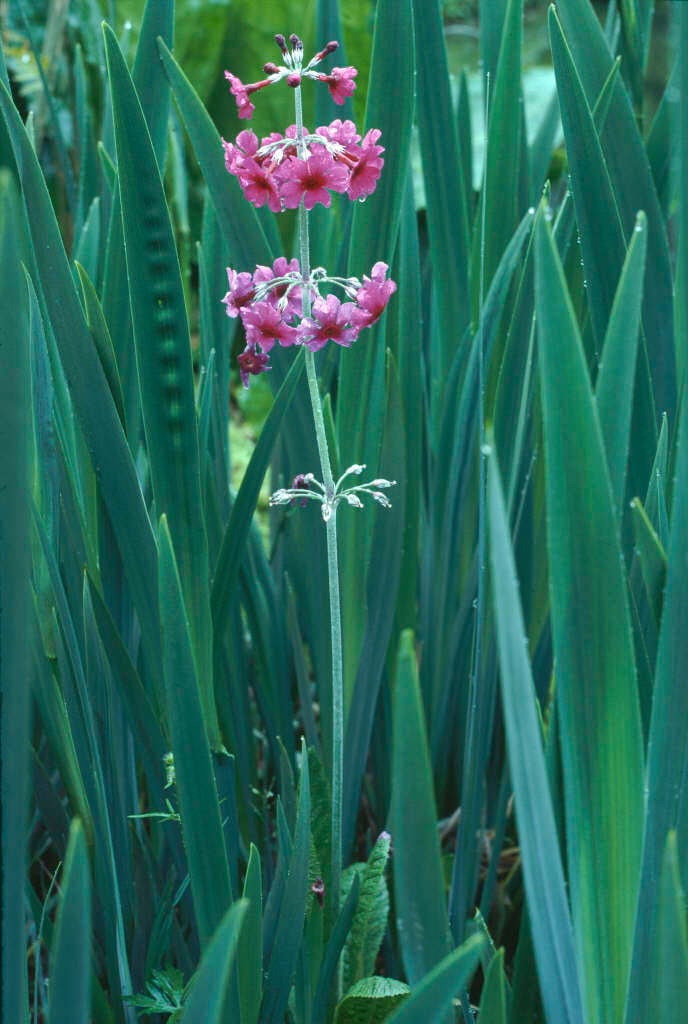Not the plant you're looking for? Search over 300,000 plants
BogsHerbaceous Perennial
Size
Ultimate height
0.5–1 metresTime to ultimate height
2–5 yearsUltimate spread
0.1–0.5 metresGrowing conditions
Loam
Moisture
Poorly–drainedpH
Acid, NeutralColour & scent
| Stem | Flower | Foliage | Fruit | |
| Spring | Green | |||
|---|---|---|---|---|
| Summer | Purple Red | Green | ||
| Autumn | ||||
| Winter |
Position
- Partial shade
Aspect
South–facing or North–facing or East–facing or West–facing
Exposure
Exposed or Sheltered Hardiness
H6Botanical details
- Family
- Primulaceae
- Native to GB / Ireland
- No
- Foliage
- Deciduous
- Habit
- Columnar upright
- Genus
Primula are herbaceous or semi-evergreen perennials, forming a basal rosette of simple leaves, with salver-shaped or bell-shaped flowers which may be solitary or carried in an umbel or in whorls on an erect stem
- Name status
Correct
- Horticultural Group
- Proliferae section primulas are moisture-loving herbaceous or semi-evergreen perennials forming a rosette of basal leaves, with erect stems each carrying several whorls of salver-shaped flowers
- Plant range
- China
How to grow
Cultivation
Grow in deep, fertile reliably moist soil in partial shade
Propagation
Propagate by division in early spring or propagate by seed sown from autumn to spring
Suggested planting locations and garden types
- Flower borders and beds
Pruning
Cut back after flowering
Pests
May be susceptible to aphids, vine weevil, slugs, leaf and bud eelworms and glasshouse red spider mite
Diseases
Generally disease-free
Get involved
The Royal Horticultural Society is the UK’s leading gardening charity. We aim to enrich everyone’s life through plants, and make the UK a greener and more beautiful place.
